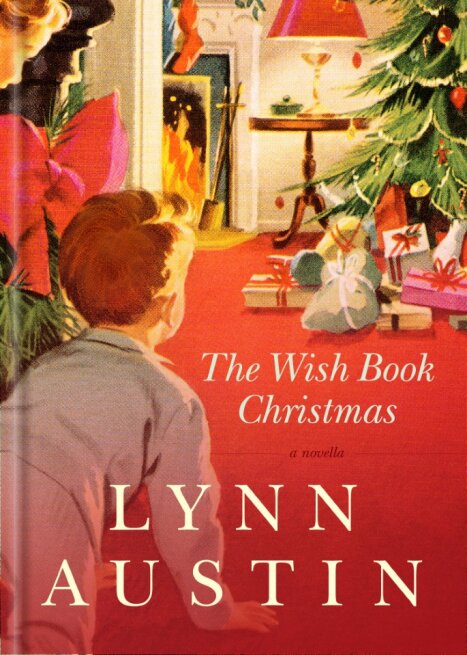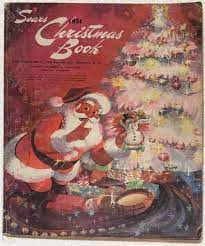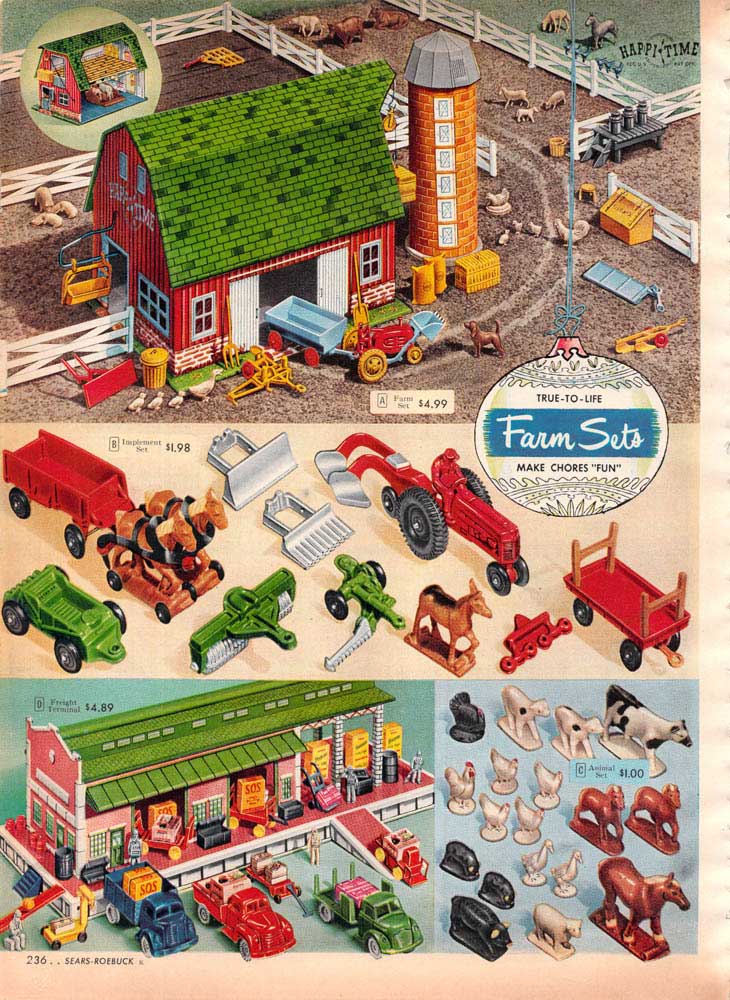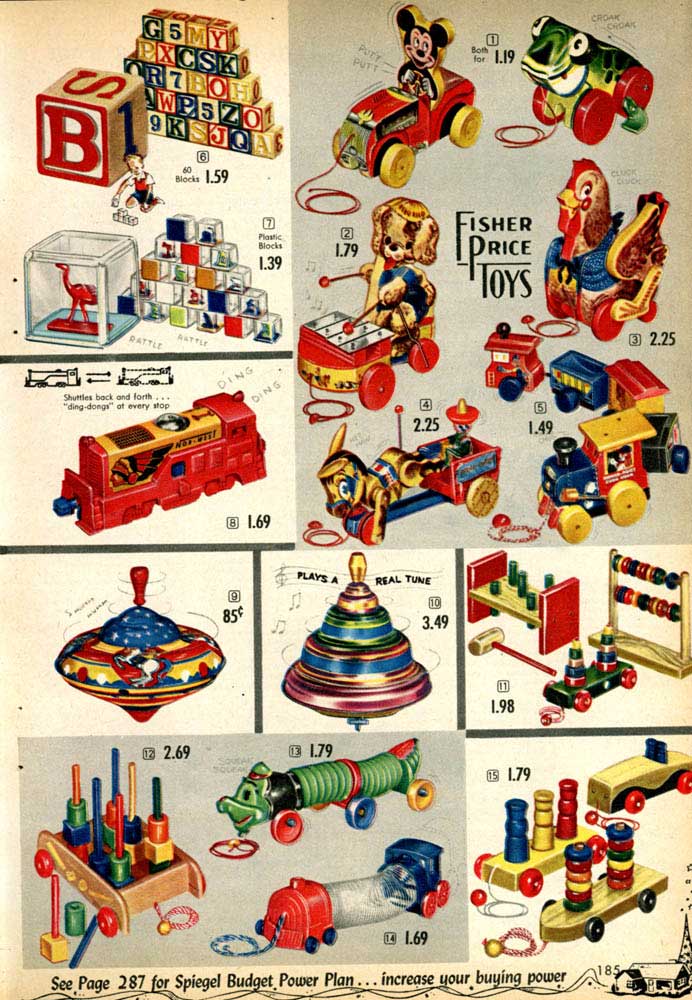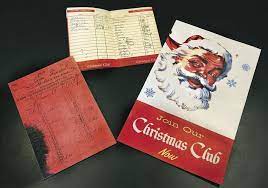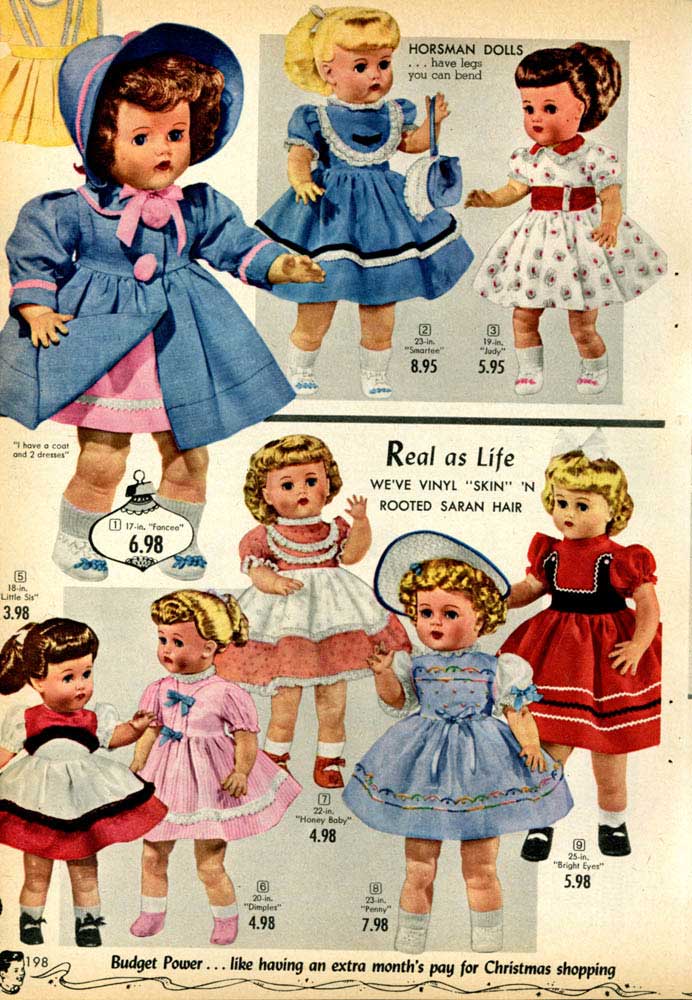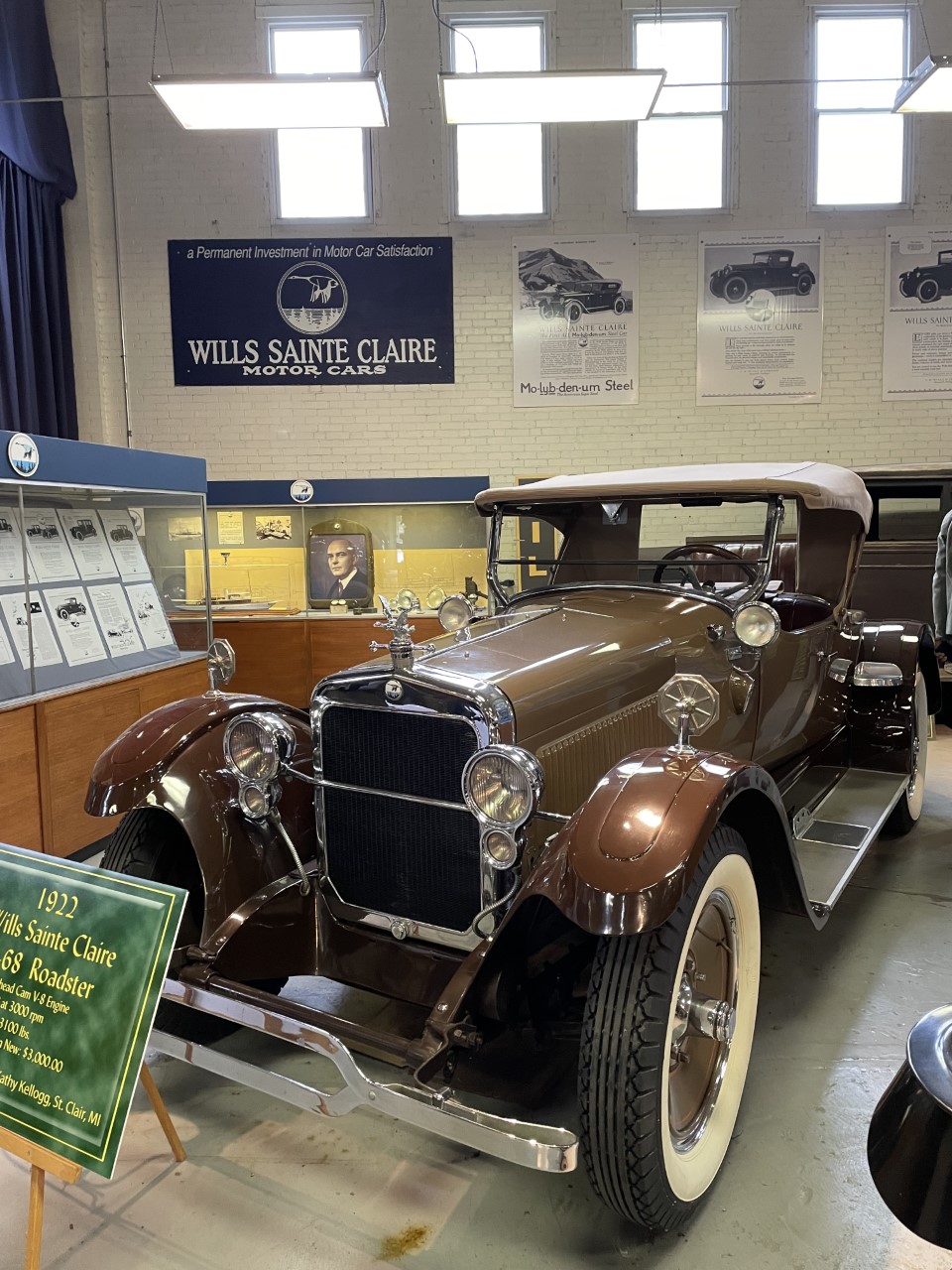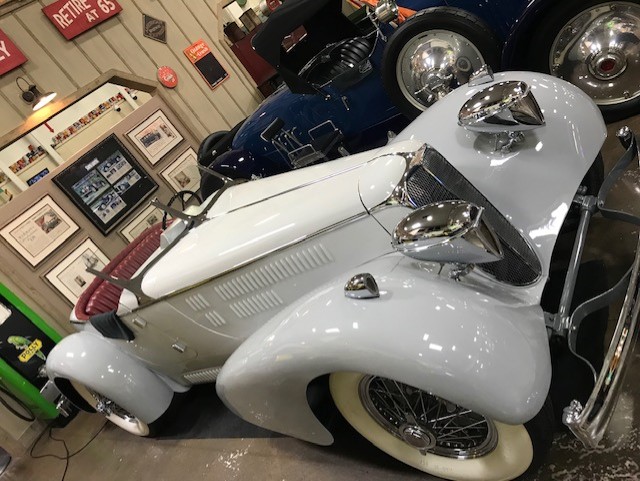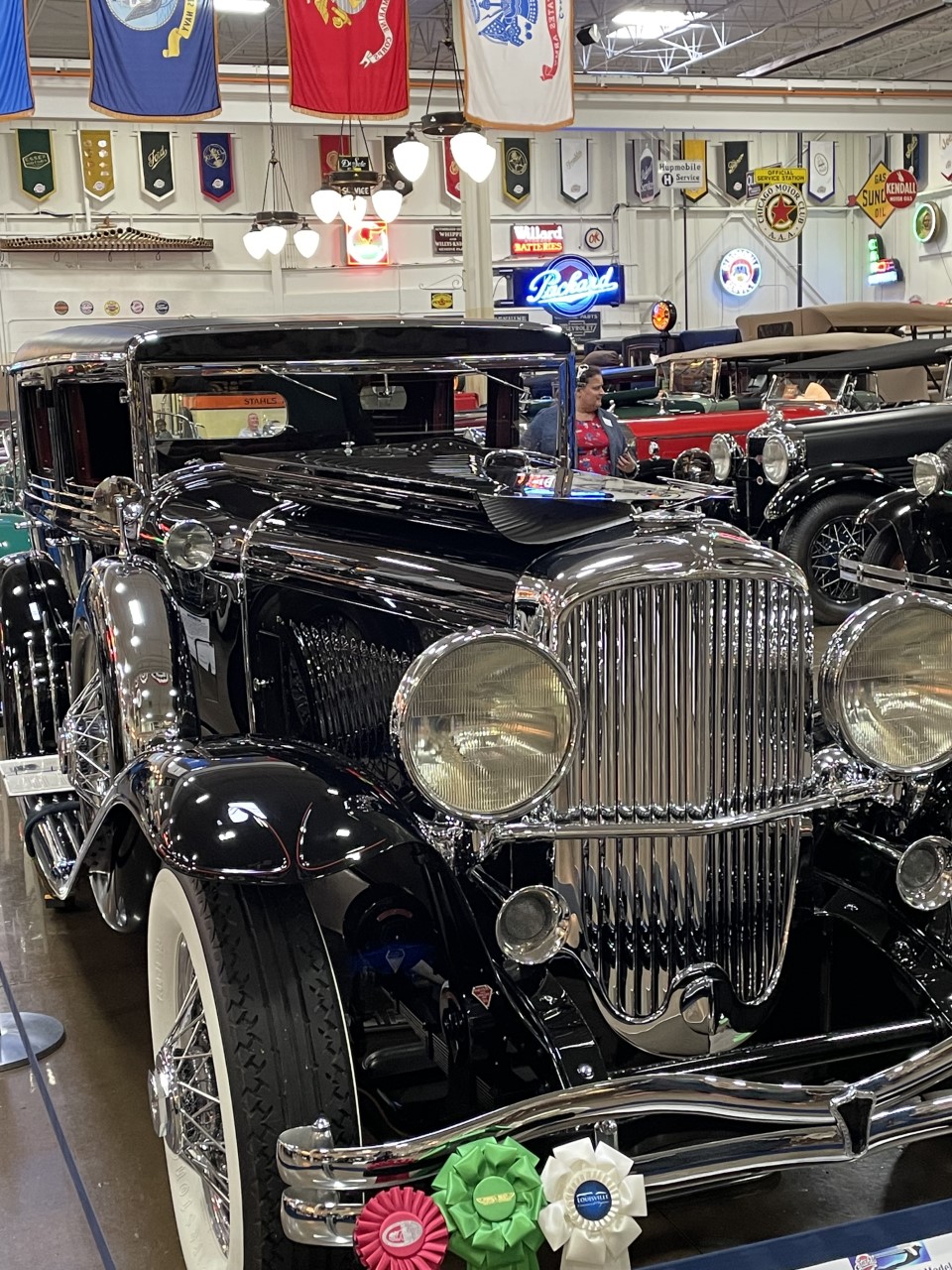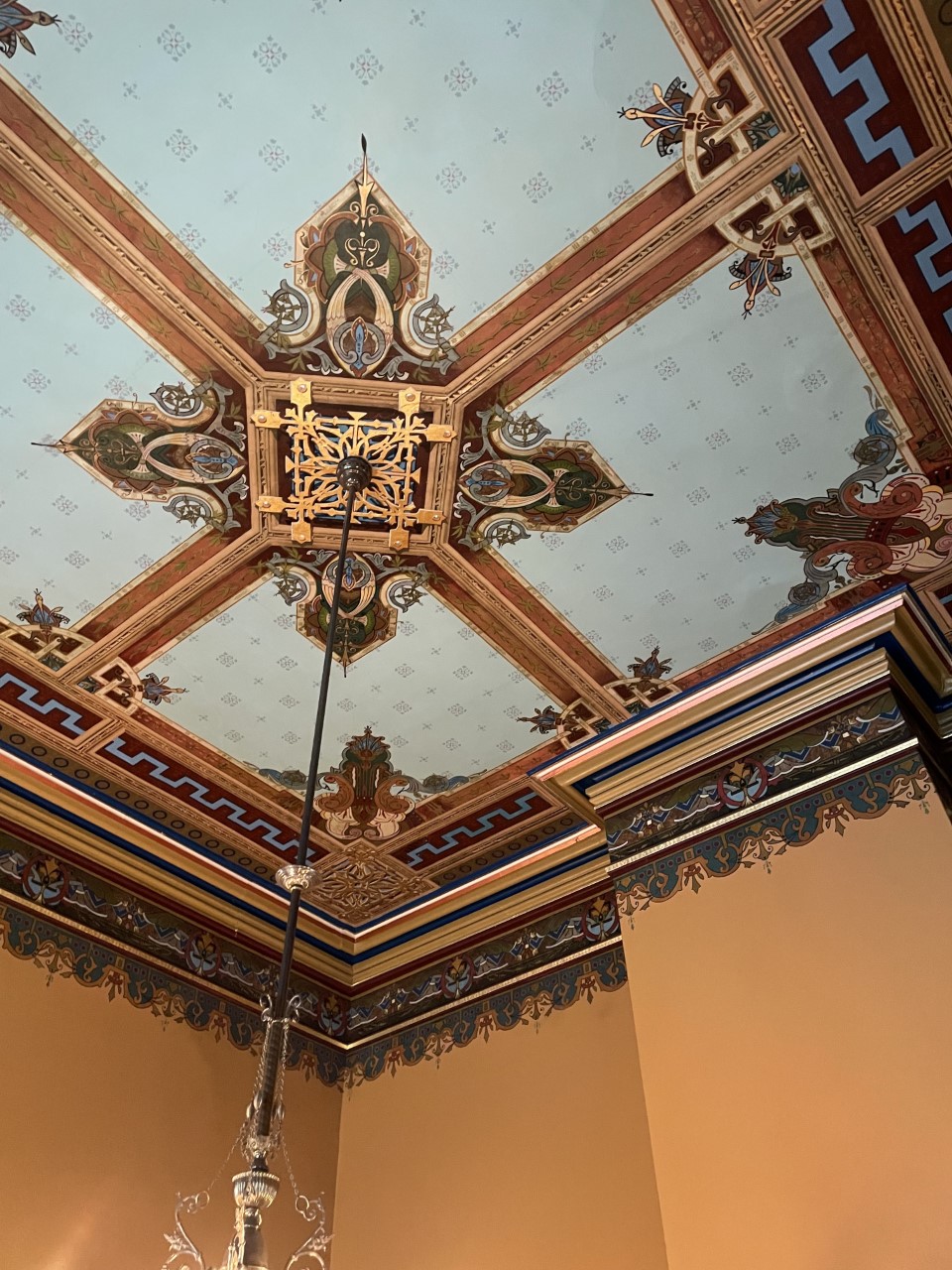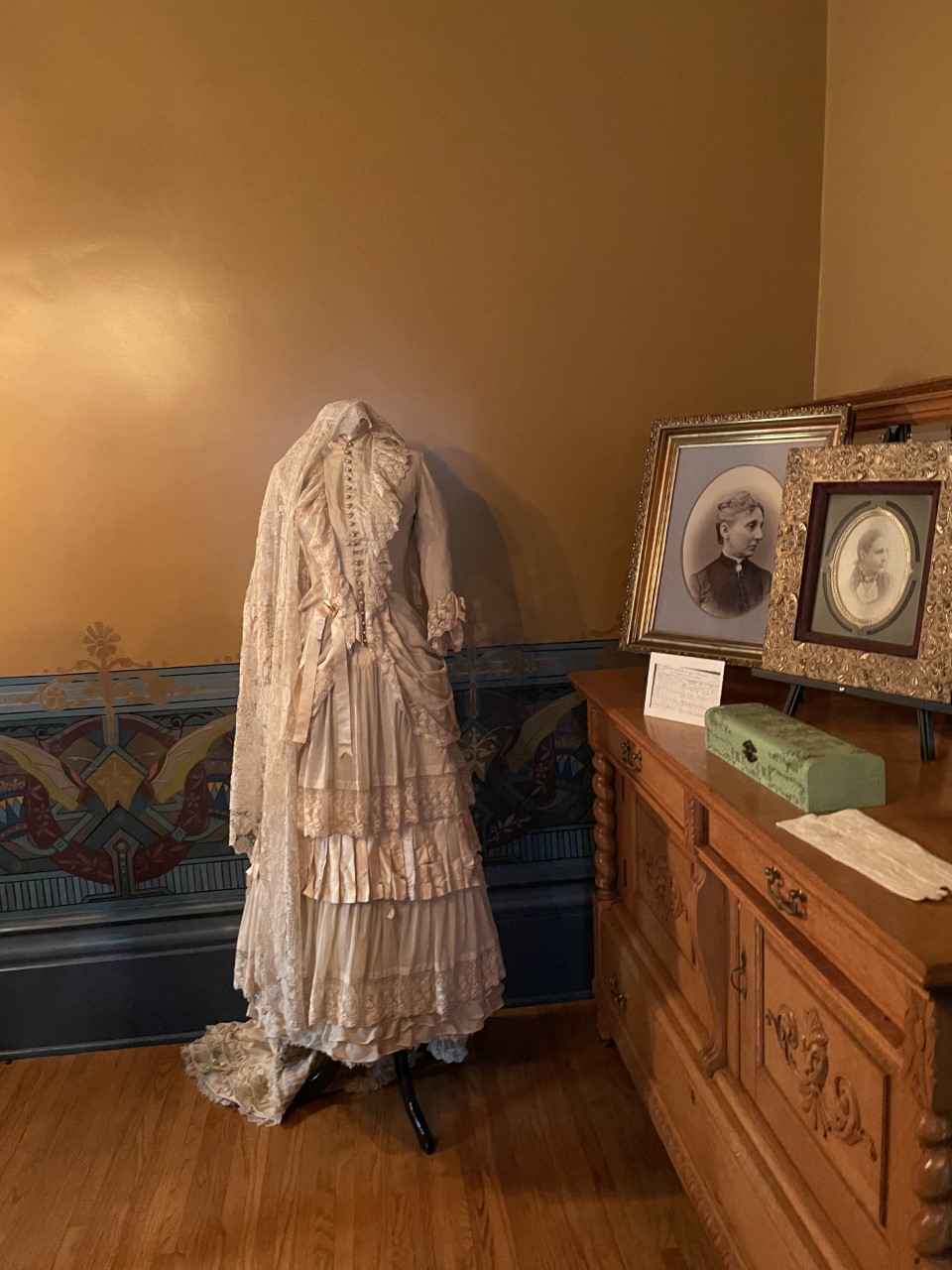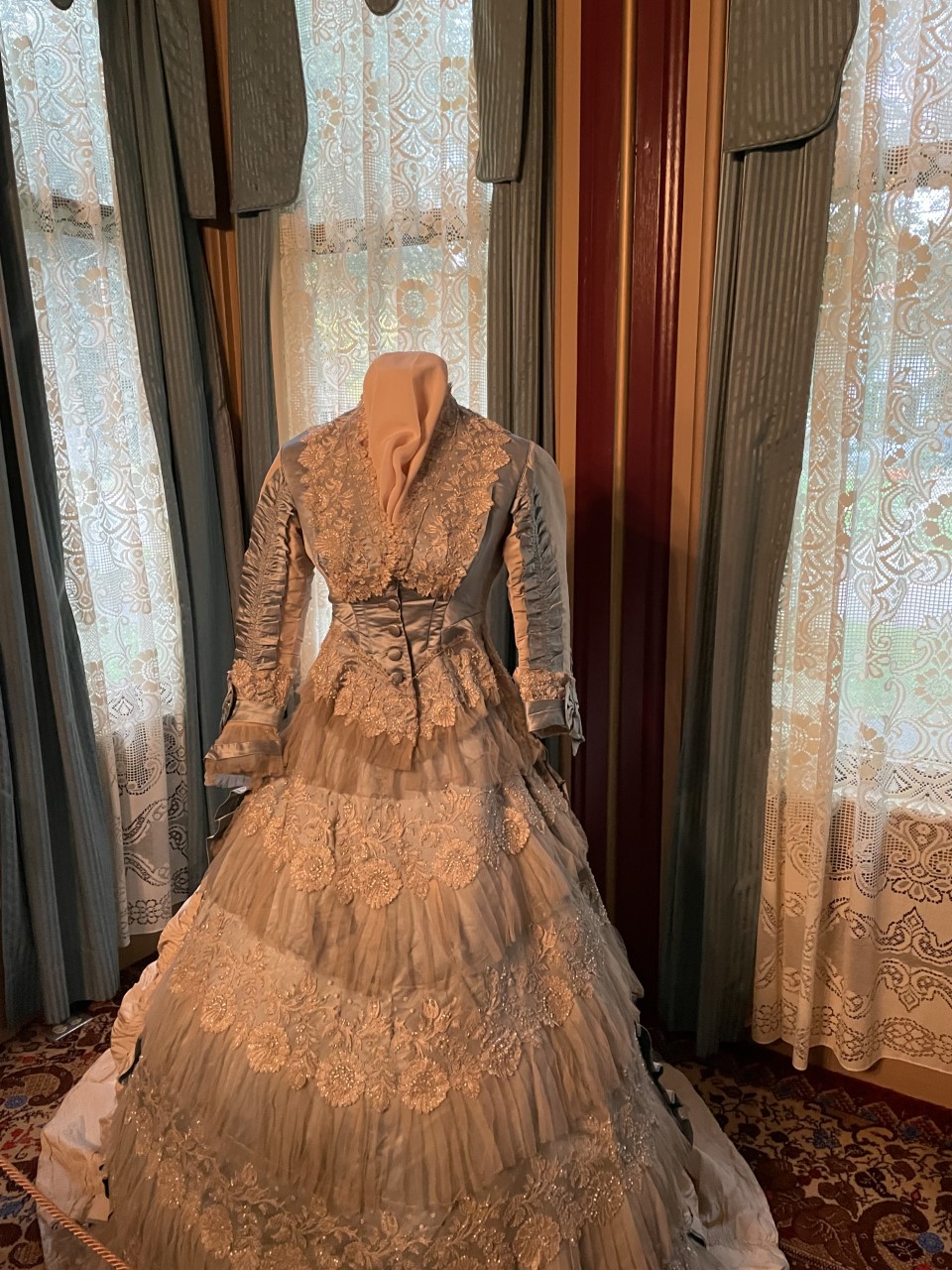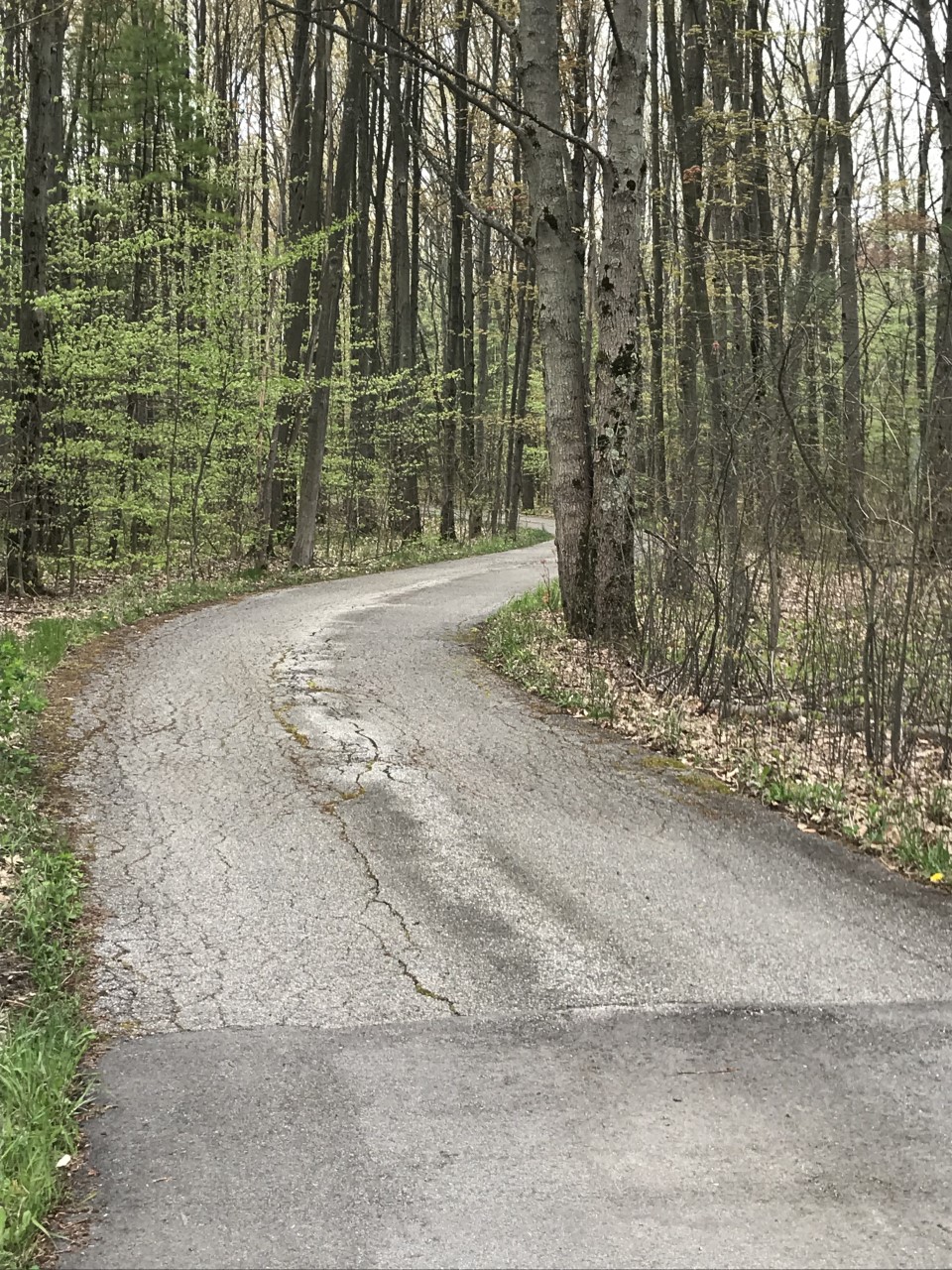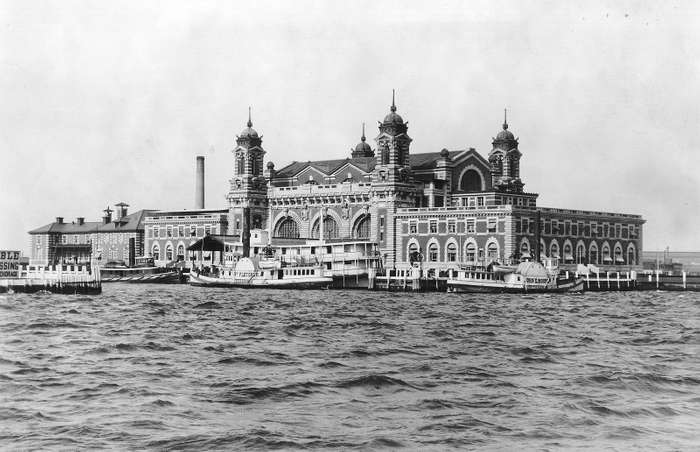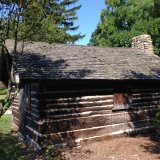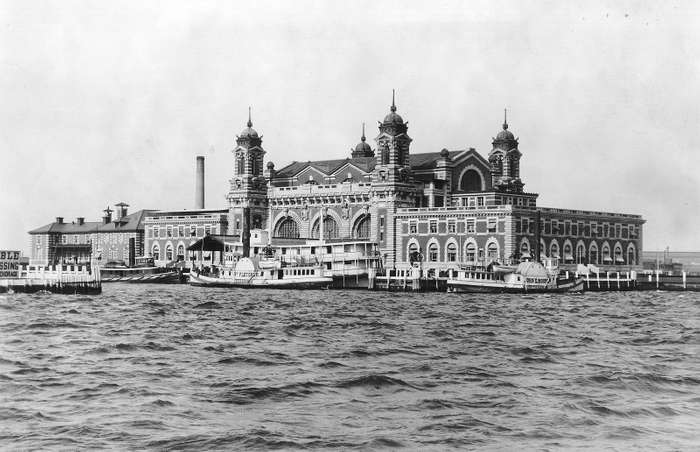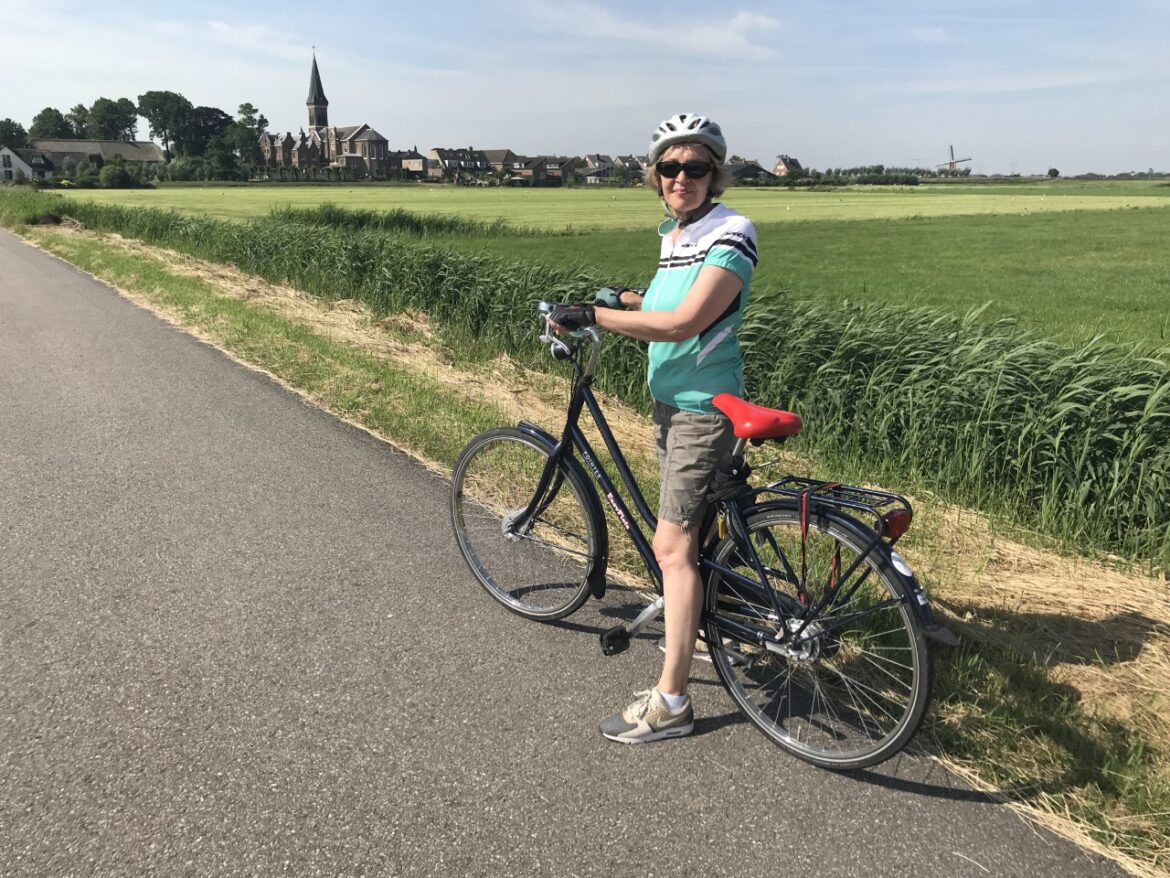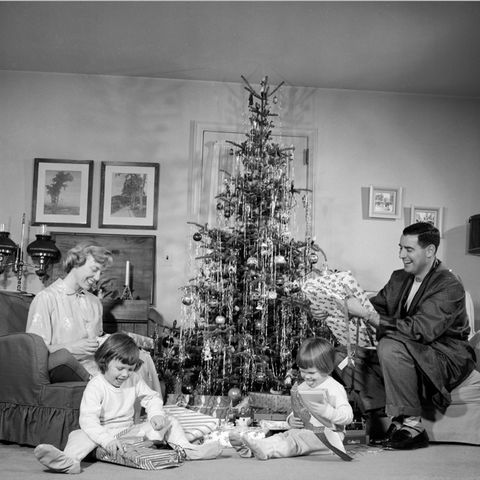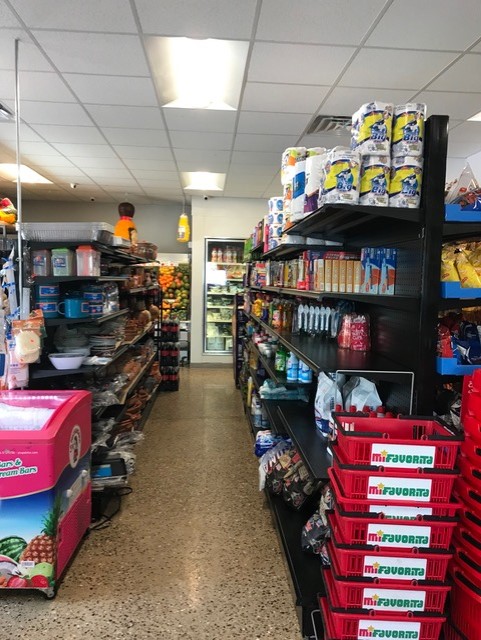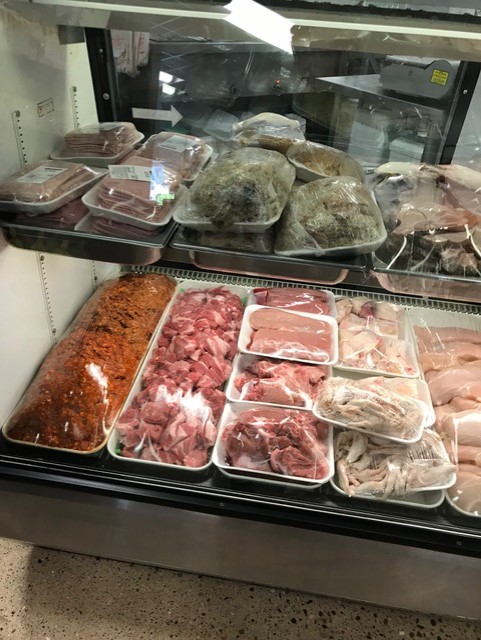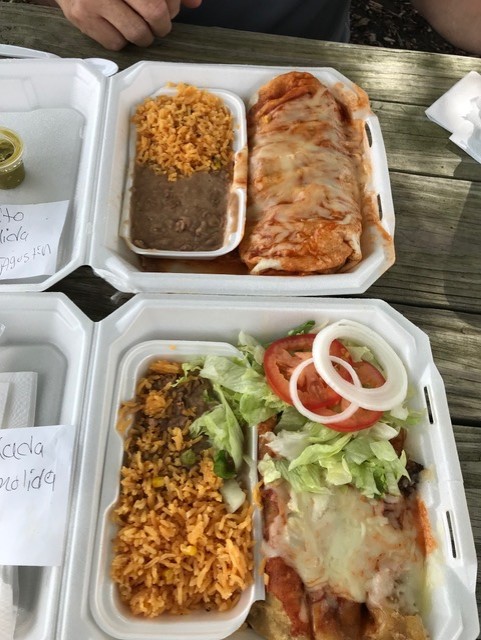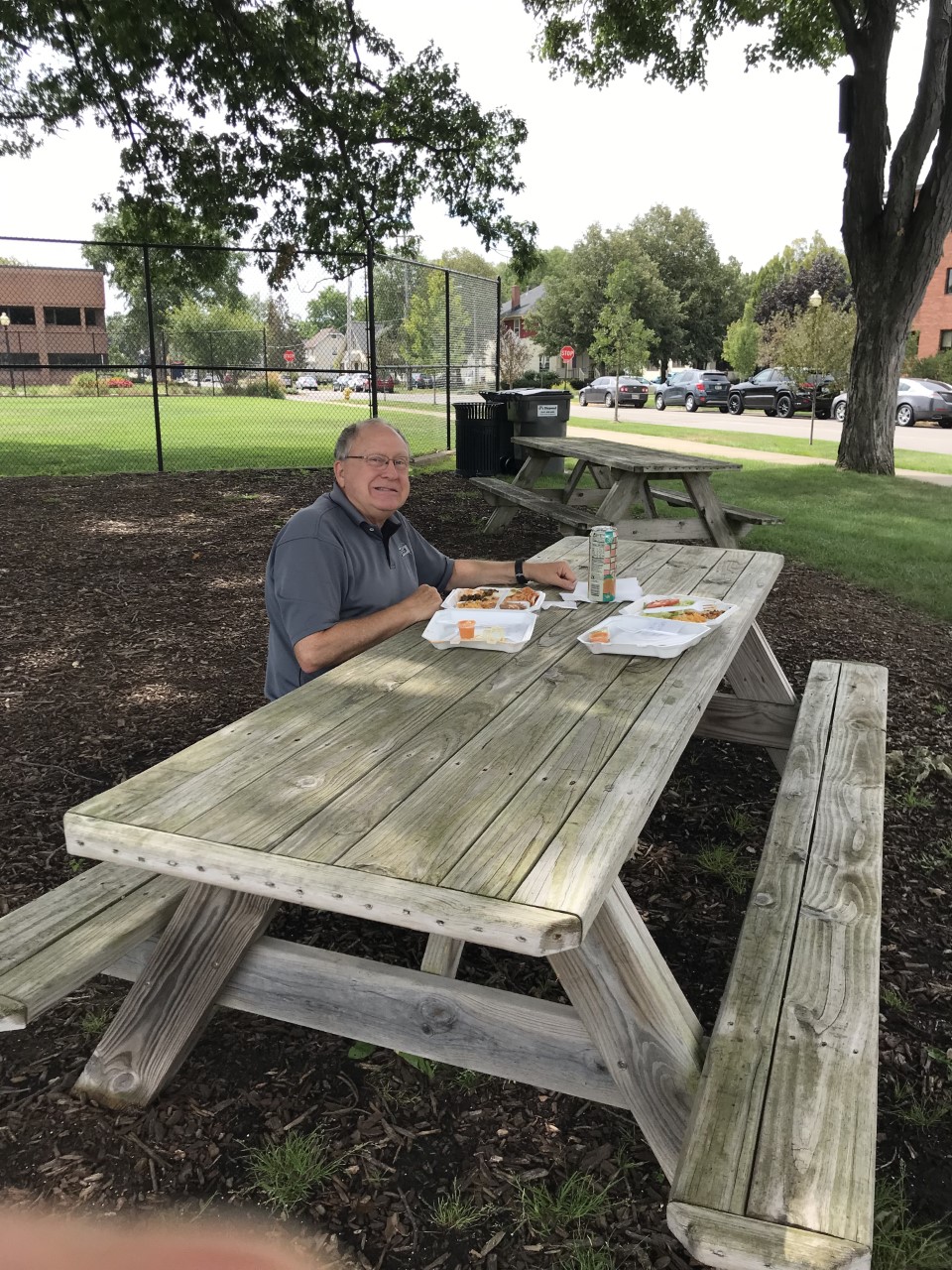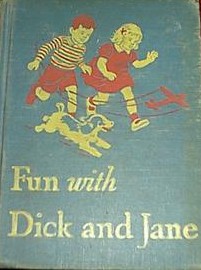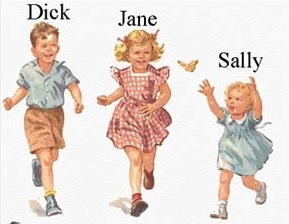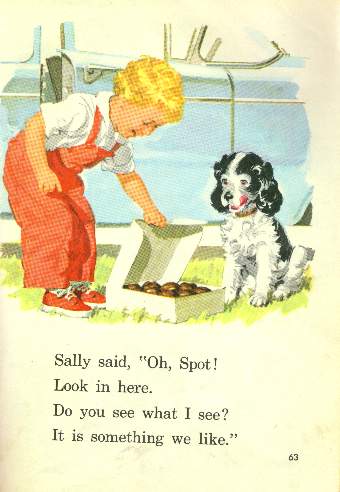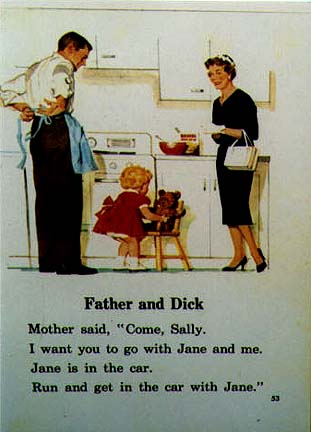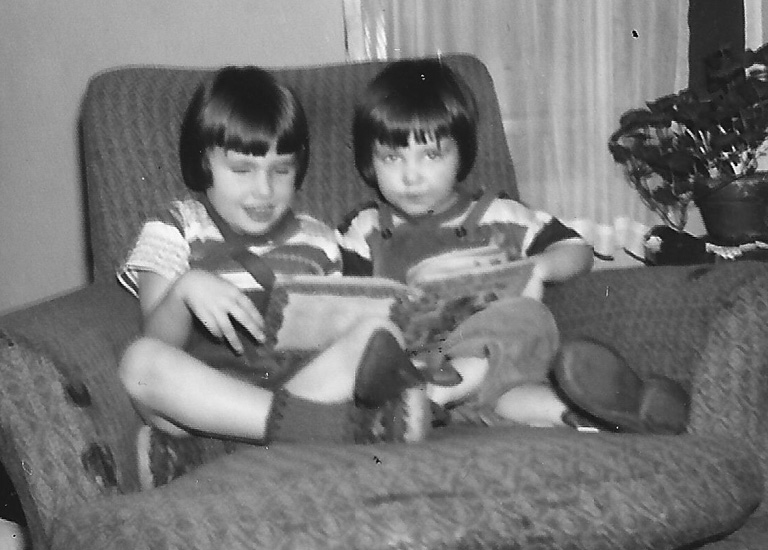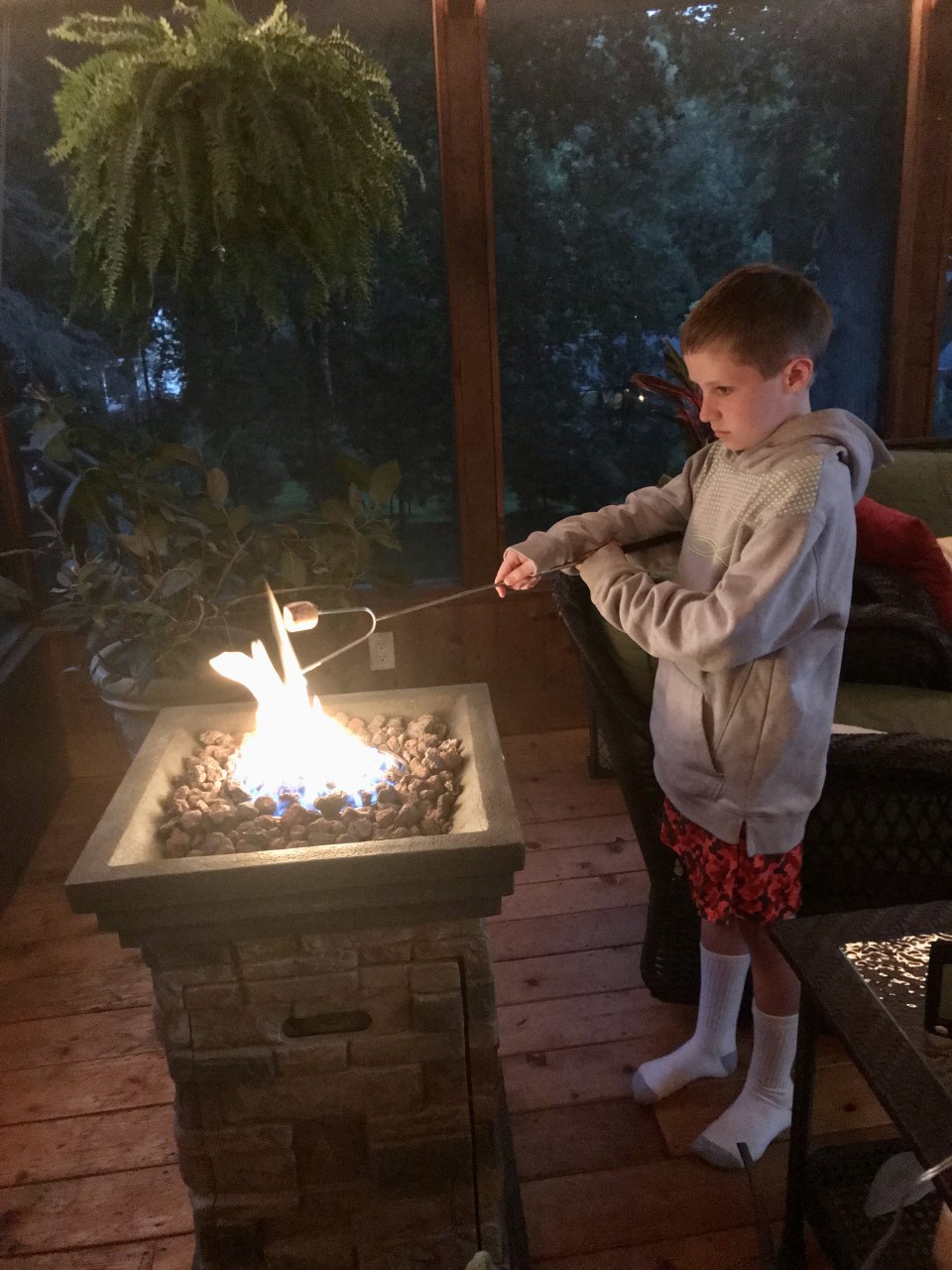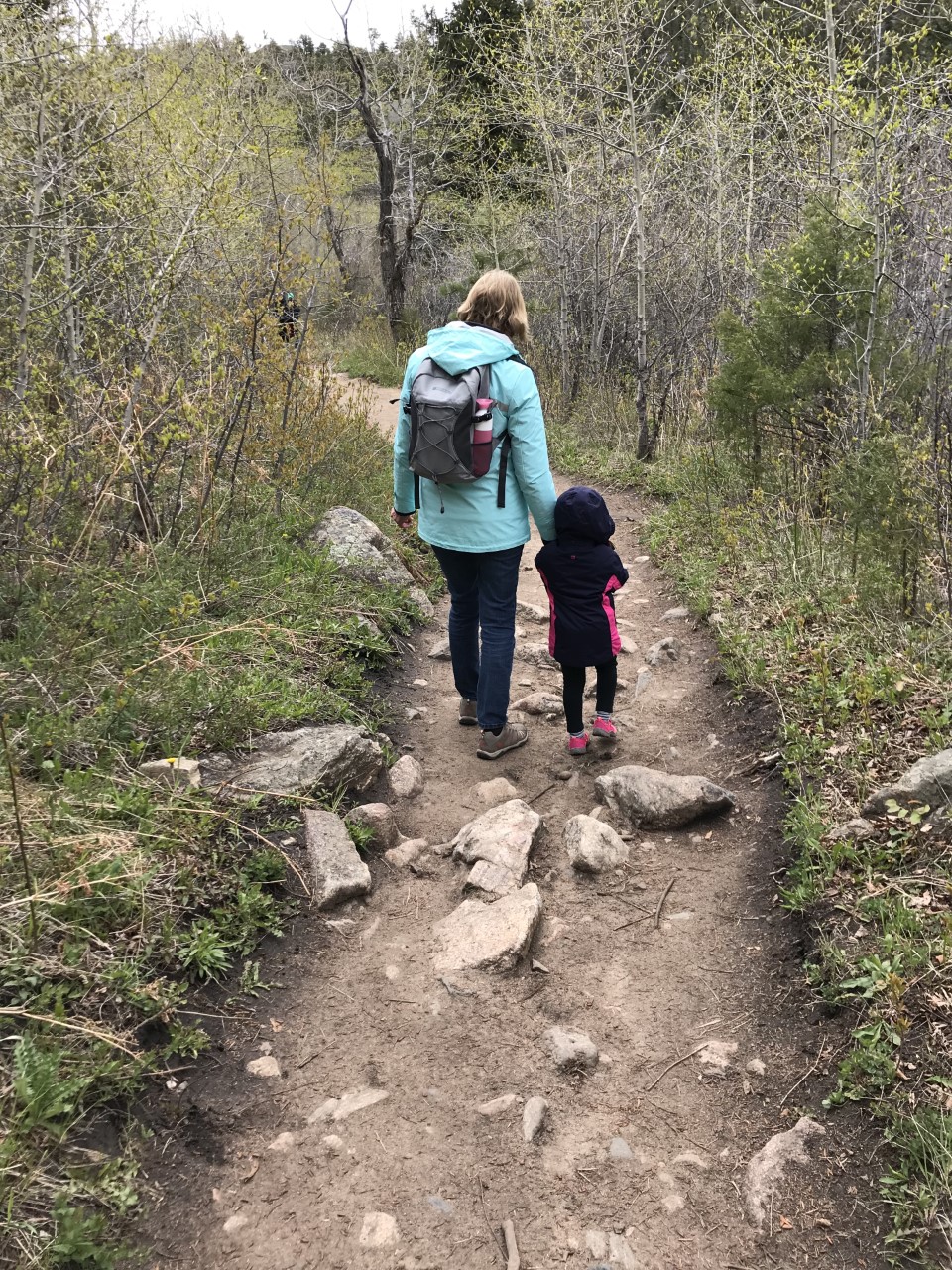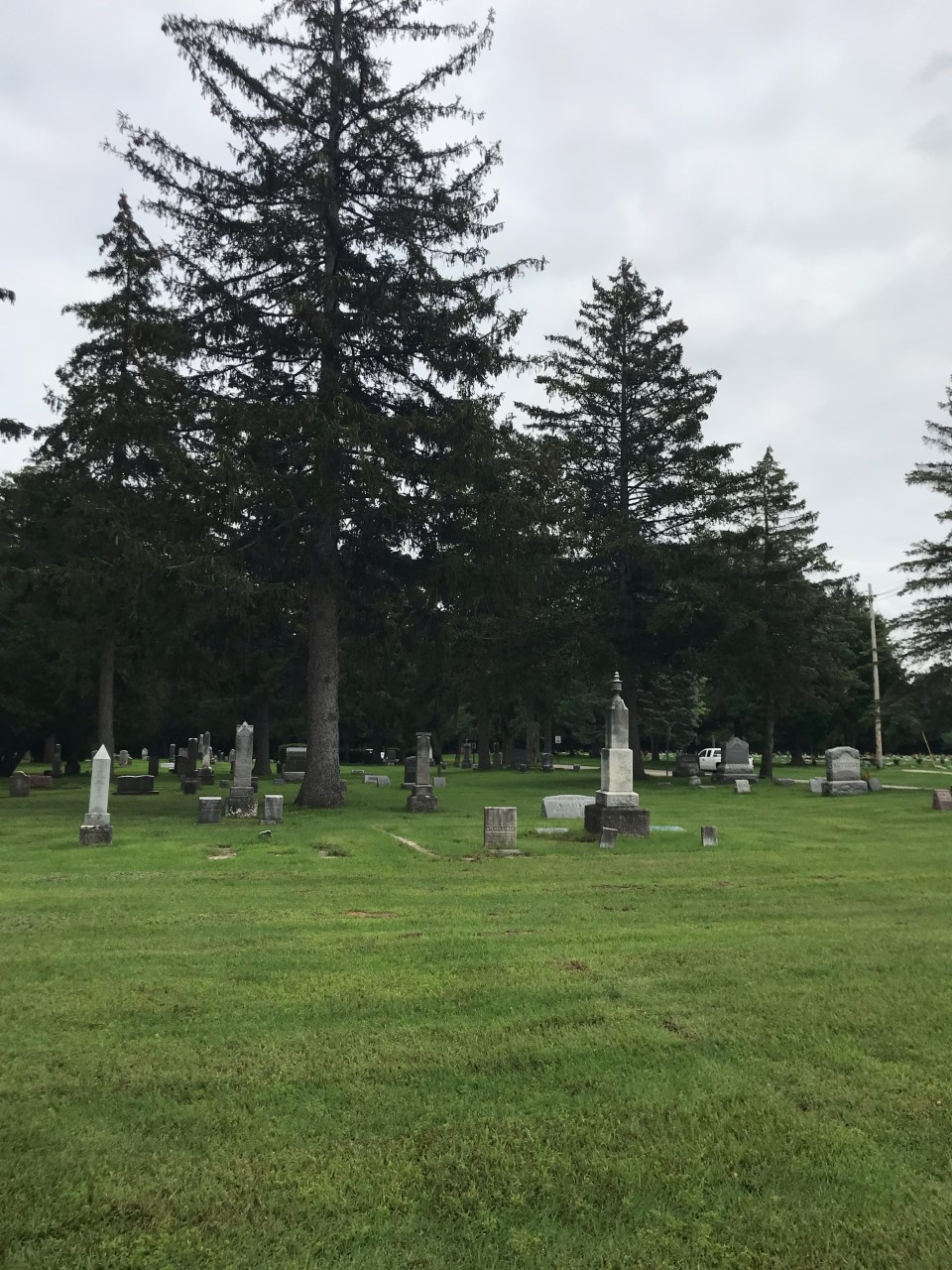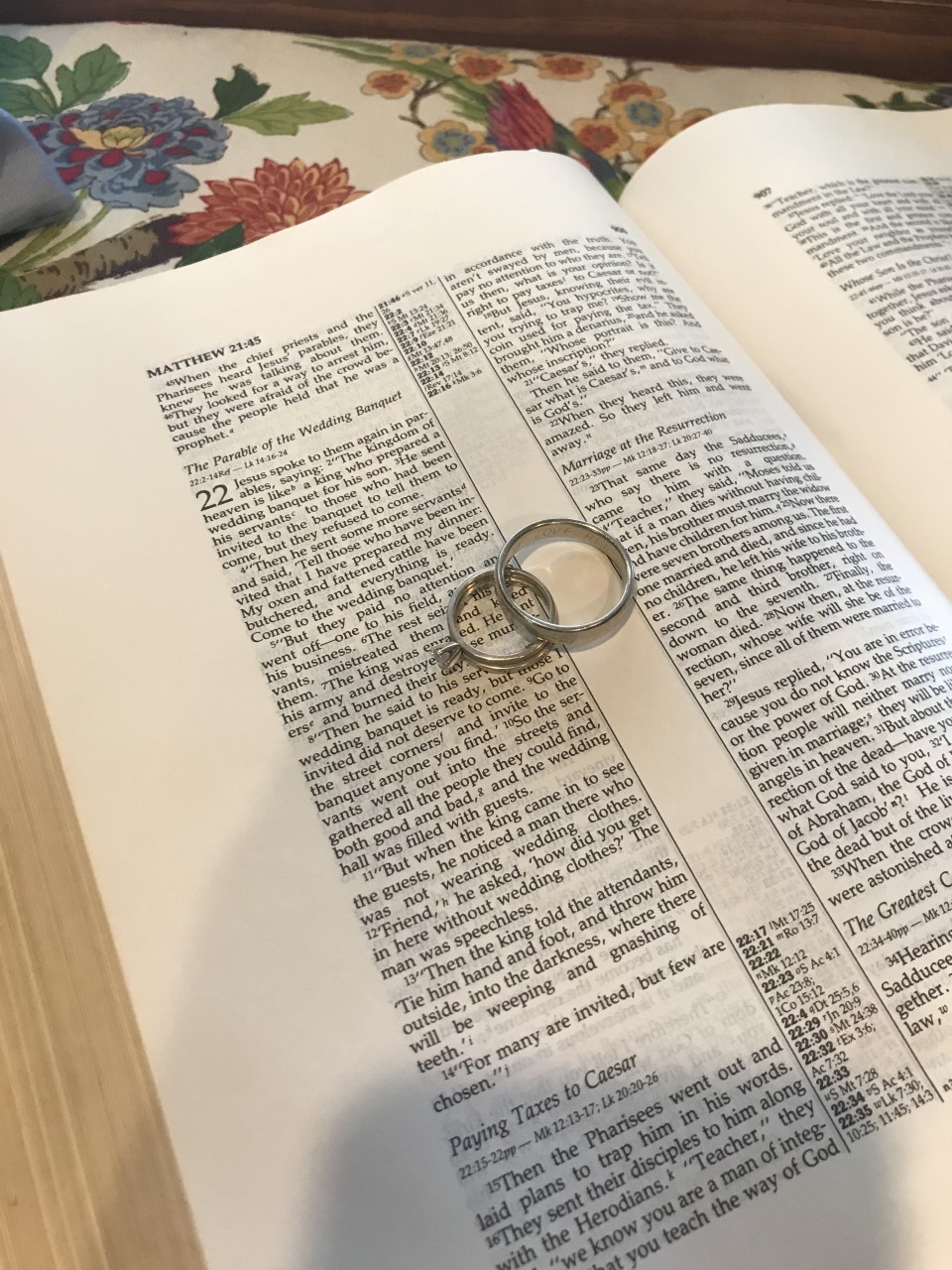Can an Old Dog Learn New Tricks?
My two little granddaughters were here for a visit recently, and I couldn’t help noticing how very different the two of them are. Three-year-old Ayla is not afraid to try new things. When no one was looking, she dashed up to the top of my library ladder like an experienced fireman. She should have been afraid! We have cathedral ceilings in our living room and the bookshelves and ladder go to the very top. The rungs are steep and slippery, and I confess that my knees shake a bit whenever I need to retrieve a book from the top shelf. Ayla just laughed and did a little dance at the tippy-top, then let go with one hand to wave to us.
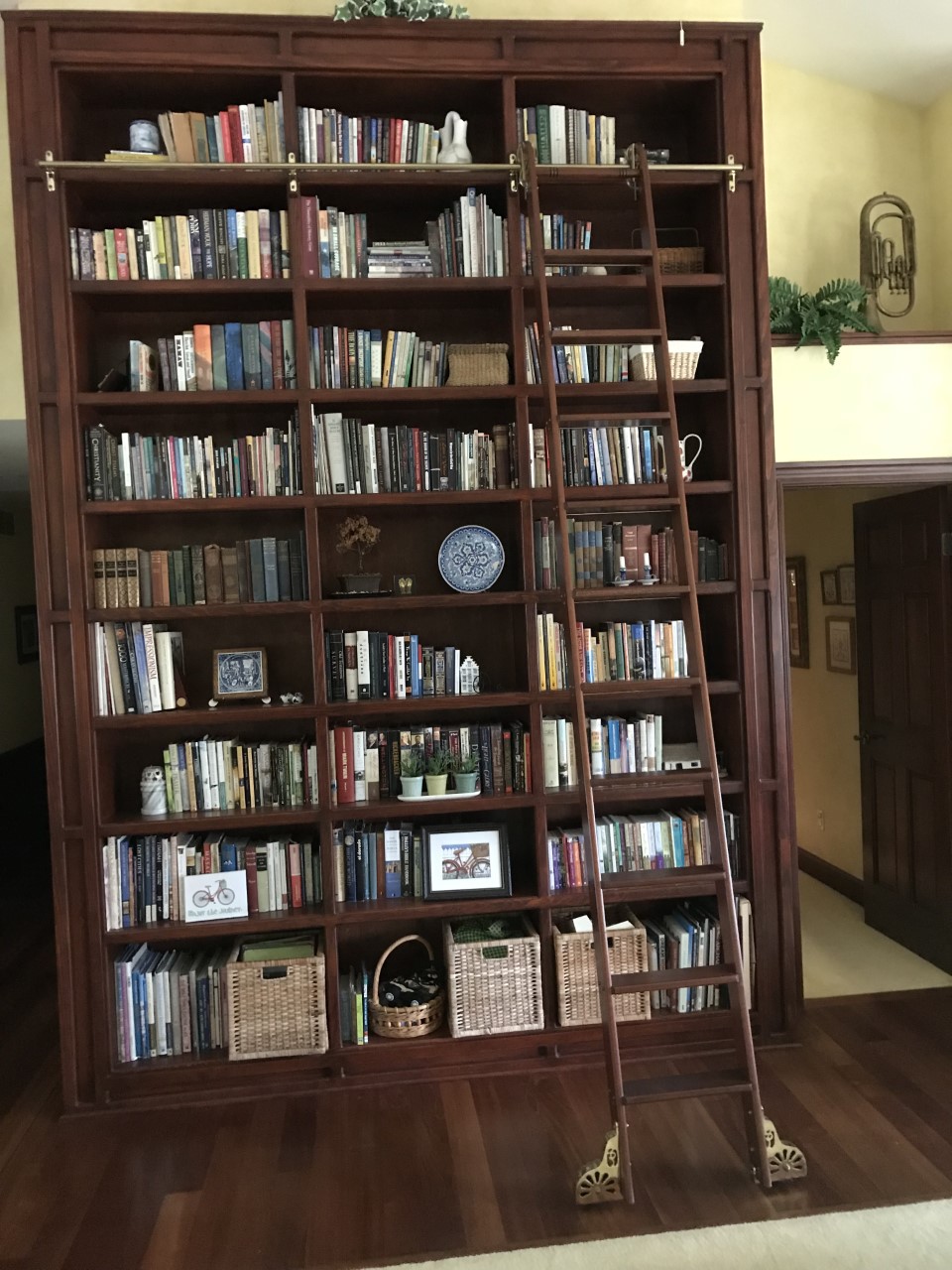
Five-year-old Lyla, on the other hand, never even noticed the ladder when she was Ayla’s age, much less scaled it. She’s a quiet, thoughtful child who generally doesn’t like change or trying new things. She can be adventurous once she makes up her mind to be, but she always takes a moment to stop and consider before trying something for the first time. She asked for a turn on the ladder after seeing her sister scamper up it. And she was brave enough to climb all the way to the top. But she took her time, was careful with each step, and she hung on tightly. Then she was done, and didn’t ask to climb it again.
I don’t know about you, but because of all the changes that Covid brought last year, I often found myself challenged to try new ways of doing familiar things. I would have liked to be as brave as Ayla and leap whole-heartedly into every new challenge, yet I found, like Lyla, that I don’t really like change. I often needed to be pushed or dragged or encouraged by someone more adventurous than I am before embracing something new.
This past year, I had to learn new ways to launch a book without leaving home. I learned how to research the settings of my books without traveling to the locale in person. I missed driving down to the library and wandering through the non-fiction stacks, but a very patient research librarian taught me how to navigate the internet’s endless rabbit-trails. I learned how to Zoom—and for a technophobe like me, that was like scaling a very tall ladder. Likewise, with converting my office into a recording studio to do live and recorded presentations. I learned a lot of new things the hard way, such as remembering to turn off the telephone so it wouldn’t ring during the final five minutes of my recording and force me to start all over again. And I figured out how to adjust my writing schedule and condense my usual writing style to compose something brand new for me—a novella. And a Christmas one, at that!
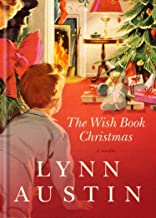
The Apostle Paul once claimed, “I can do everything through Him who gives me strength” (Phil. 4:13), and maybe that should be my motto in changing times. There will be occasions when I must learn to be as daring as Ayla, knowing that God will be right beside me, steadying the ladder. There will be times when I should be as cautious as Lyla, taking time to wait and pray and consider His leading. Above all, I know I can always trust the Holy Spirit to guide me as I’m led into new places.
I have one final “new thing” to share, and that’s the cover of my next novel, “Long Way Home,” which launches in June 2022.
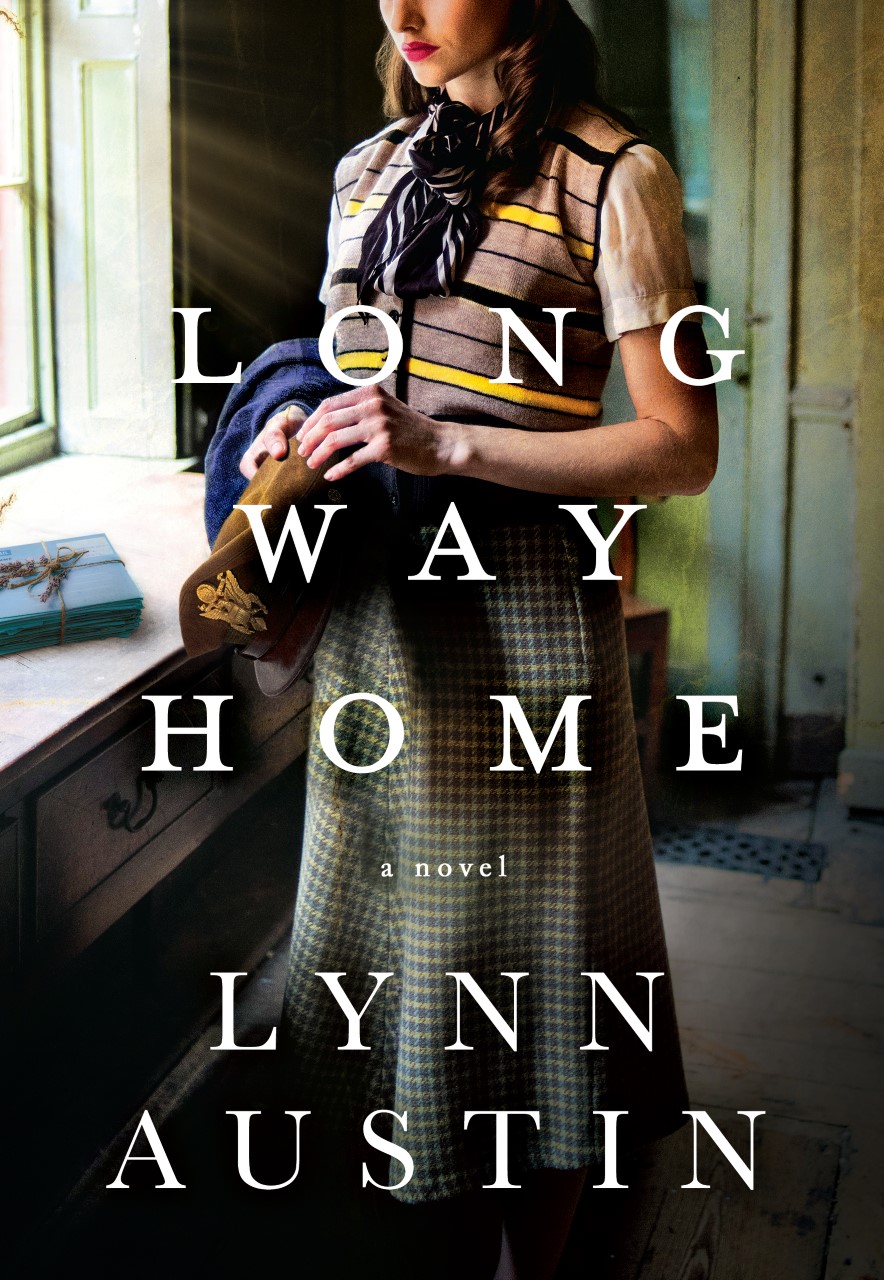
- 3733
- 8
- 1

